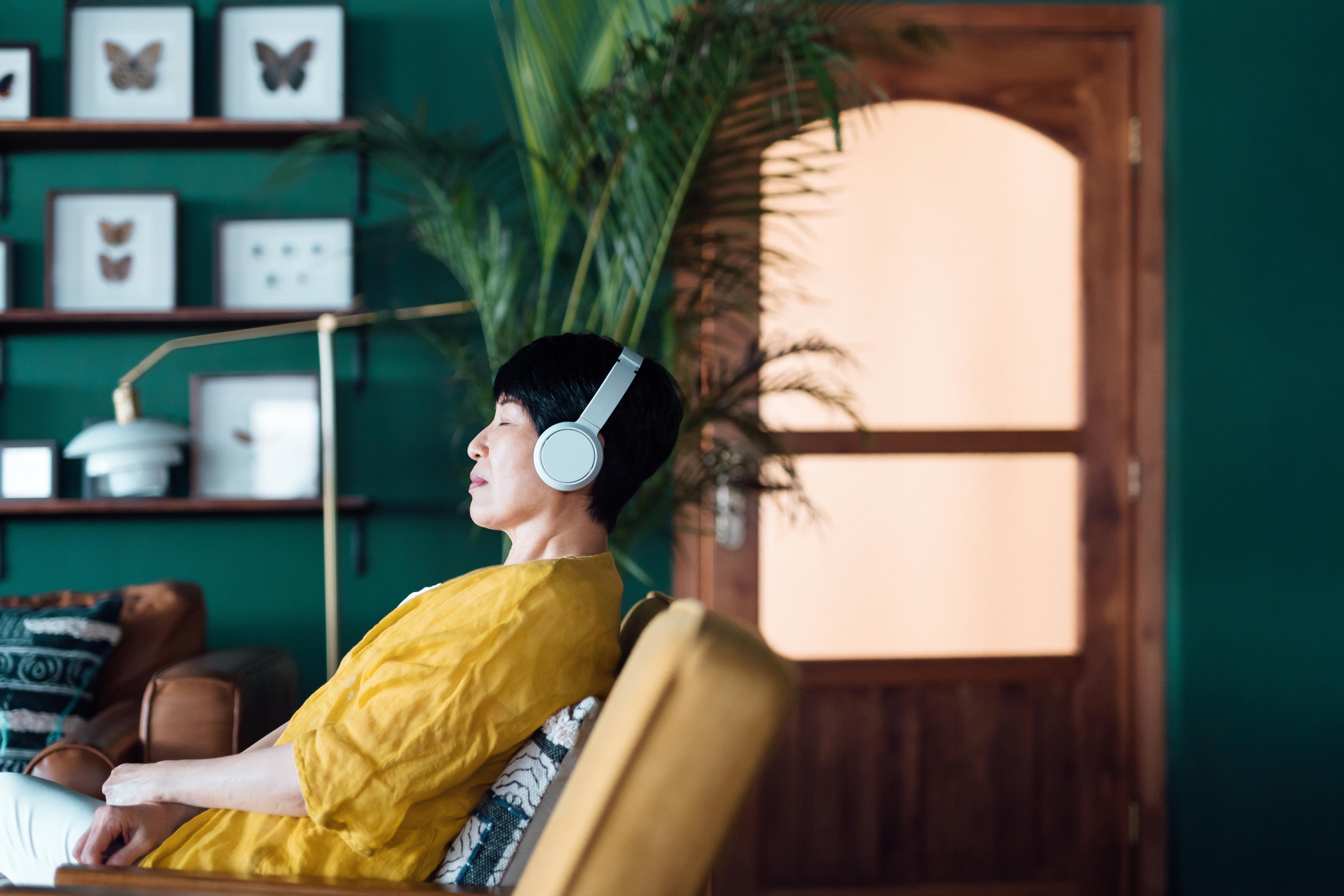What Color Noise is Best for Sleep
A Healthier Michigan
| 4 min read

There is not one color of noise that has proven best for sleep. Rather, each color of noise has unique qualities and affects different listeners in various ways. To better understand how color noises can help you with sleep or other activities, it’s best to understand how color noises got their names.
What is color noise?
The different names of colors are given to spectrums of sound. Rather than think of the quality of the sounds being a certain color, think of it as being a focused portion of the audible soundwaves we as humans can hear, like how each color is a portion of the full spectrum of the rainbow. Different color noises have each seen popularity increase due to TikTok trends.
White noise is called such because it takes up the whole sound spectrum, just as white light does. This is what makes the staticky, windy sound associated with the white noise label. White noise machines have been popular now for quite a while, for sleeping as well as other calming or focusing needs.
How is color noise different than white noise?
The different color noise names are given to different portions or slices of the broad sound spectrum. Darker color names tend to be focus tones on the lower end of the spectrum, with the lighter and brighter powered tones associated with the thinner or higher end of the spectrum.
What other colors of noise are there?
The most popular or commonly found colors of noise are listed here, along with some associated or suggested uses or functions for those sounds. Each color of noise is its own mix of frequencies at different volumes or mixed levels to achieve the desired color noise.
Pink noise
Pink noise is somewhere between white noise and red or brown noise. It is less jarring to many listeners than either white or brown noise, as it is a smoother mix of frequencies to the ear. It is often used for sleeping but is also effective for attention span and focus with workers and students according to study found in the National Library of Medicine.
Brown noise
Brown noise is on the lower end of the spectrum and can feel or sound very warm and murky. It can sound more turbulent than many of the higher spectrum noises and is not that soothing or comfortable for as many listeners as white or pink noise may be. Due to the lower frequencies associated with brown noise, it can be more effective at drowning out background noise or “camouflaging” other noises according to a study from the University of Texas at Austin. You may prefer it to white noise for that reason.
Blue noise
Blue noise is a high or more intense version of white noise. Only the higher levels of the sound spectrum are used at volume so it may not be very comfortable or soothing to listen to by itself compared to some other color noises. It is used to cover up or fill out ambient noise more than used by itself for sleeping or other purposes.
What color sounds work best for sleep?
While white, pink, and brown noises seem to be the most popular and effective noises for sleep help, the best color noise for your sleep is the one that works for you. Using one of the many noise apps available, a white noise or other color noise machine, or even videos hosted publicly online are great sources to try out various colors of noise.
What do other color sounds help with?
Common uses for color noise sounds include:
- Improve focus
- Improve wakefulness or decrease fatigue
- Improve memory
- Improve productivity or efficiency
- Drown out or mask ambient or background noise
- Filling out empty spaces in audio mixes
- Soothing and resting babies or children
- Reducing anxiety or assisting in calming down





